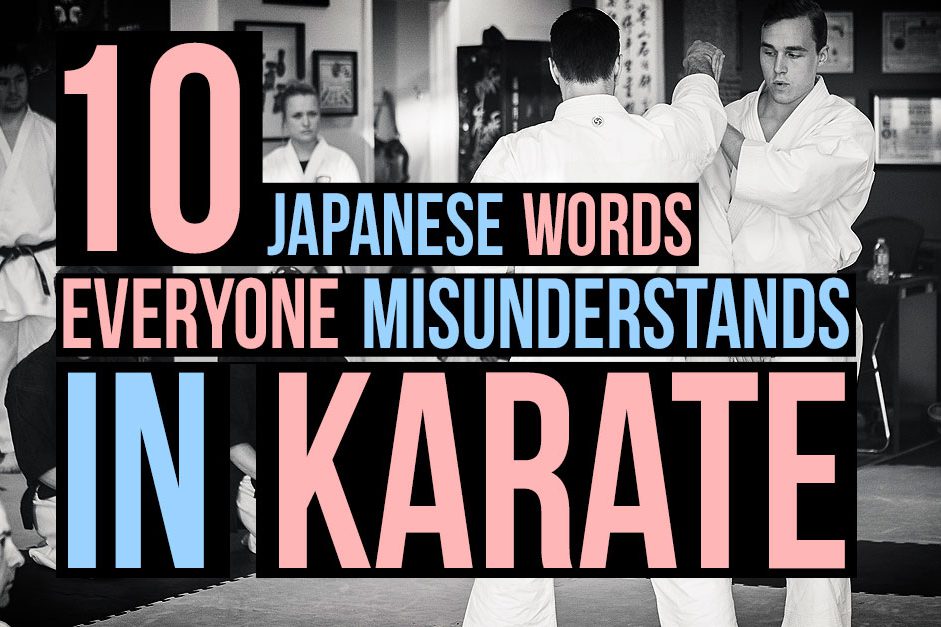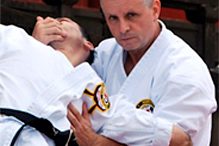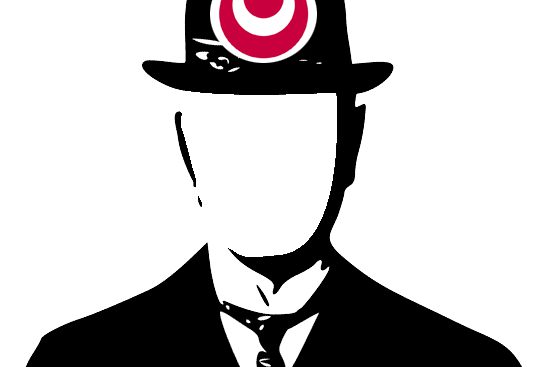I tried to educate the masses.
I really did.
But still, many Karate-ka are unsure if their dojo is a McDojo™ or not.
And I feel bad for them.
Like we say in Japanese:
“I no naka no kawazu, taikai wo shirazu.”
(“A frog in the well does not know the great sea.”)
You see…
It’s hard to know if your dojo is 110% legit or not – unless you’ve travelled around half the world, visited different masters and tried various dojos for comparison.
(Like I’ve had the fortune to do.)
So, today I decided to set the record straight – by spotlighting 3 particular traits that I think every great dojo features.
There are obviously more things that separate great dojos from McDojos™, but these should give you a starting point for evaluating your own dojo.
Sounds good? All right.
Let’s go!
#1: Knowledge Over Money
First up:
In a legit dojo, sharing of knowledge always comes first.
Always.
Money comes second.
Smart practice, super hard training and steady progress are the fundamental cornerstones in the teaching philosophy of a great dojo.
Not how fat your wallet is.
Don’t get me wrong though: I’m not saying a good dojo can’t operate as a business. It sure can.
However, if you need to pay hefty fees to learn things you’re already supposed to be learning, chances are big you’re in a McDojo™.
How come?
Because a good sensei genuinely cares about his craft. That care will undoubtedly be manifested in the very atmosphere of the dojo. The main concern of a great sensei will always be your physical, mental and spiritual development.
Not how many digits your bank account has.
That being said, let me reiterate: A great sensei should be paid accordingly. There’s nothing honorable in selling oneself short, and everyone needs food on the table.
Yet, when opportunity arises, a good dojo goes for knowledge first, profit second.
McDojos™ are fundamentally the opposite.
#2: Reality-Based Training
 Secondly:
Secondly:
Many Karate-ka are often slow to appreciate how their beliefs about human violence can be distorted by a slavelike adherence to their dojo’s training methods (often disguised as “following tradition”), as well as by a natural desire to avoid injury during the course of training.
Nowhere is this as obvious as in a McDojo™.
In fact, it’s possible to become a “grandmaster” in Karate, and to attract students who will spend years trying to emulate your skills, without ever discovering that you have no ability to defend yourself in the real world.
Sadly, this is the case in McDojos™ – where training is often based on a single person’s distorted perception of reality, rather than actual reality.
Training in a real dojo should always be based on truth.
- No filter.
- No bullsh*t.
- No impractical interpretation of reality for the sake of “following tradition”.
Just hard, cold, facts.
See, the meaning of tradition was never to blindly follow the footsteps of masters.
But to seek what they sought.
A great sensei knows this.
And teaches this.
#3: Quality Over Quantity
 Lastly:
Lastly:
Anybody can shout: “50 crunches!”
But few people can explain why, and how, those 50 crunches will actually make your Karate better.
See, in a McDojo™ you often do useless stuff for the sake of doing them.
In a real dojo, on the other hand, you do stuff for a specific purpose:
Progress.
Because, a real sensei understands that you don’t have time to stagnate. Your time is precious. Life’s too short to suck. And Karate is more than a hobby, social activity, “exotic sport” or physical exercise for you.
Karate is a vehicle for self-discovery, where you’re relentlessly reaching for the edge of your potential in the quest of understanding yourself.
(Read that again.)
It’s about finding your true self.
Your true character.
And, faced with the prospect of guiding you on that arduous journey, a McDojo™ sensei panics. Because, frankly, he can’t lead you to a place he’s never been himself.
That’s why a McDojo™ can only challenge you up to a certain point.
After that, it’s only quantity – never quality.
- 10 more techniques.
- 20 more techniques.
- 30 more techniques.
Instead of, say, 3 effective ways to improve your previous techniques!
More is not always more. More is often just a distraction.
Less is more.
Especially in a great dojo.
______________
And that, my friend, concludes this list of three signs your dojo is NOT a McDojo™. I sincerely hope you recognized these features from your own dojo.
If not – it’s probably time to make a ruckus.
“Those who do not move, do not notice their chains.”
– Rosa Luxemburg
Now…
SHARE this article if your dojo is NOT a McDojo™.
You should be proud!



25 Comments